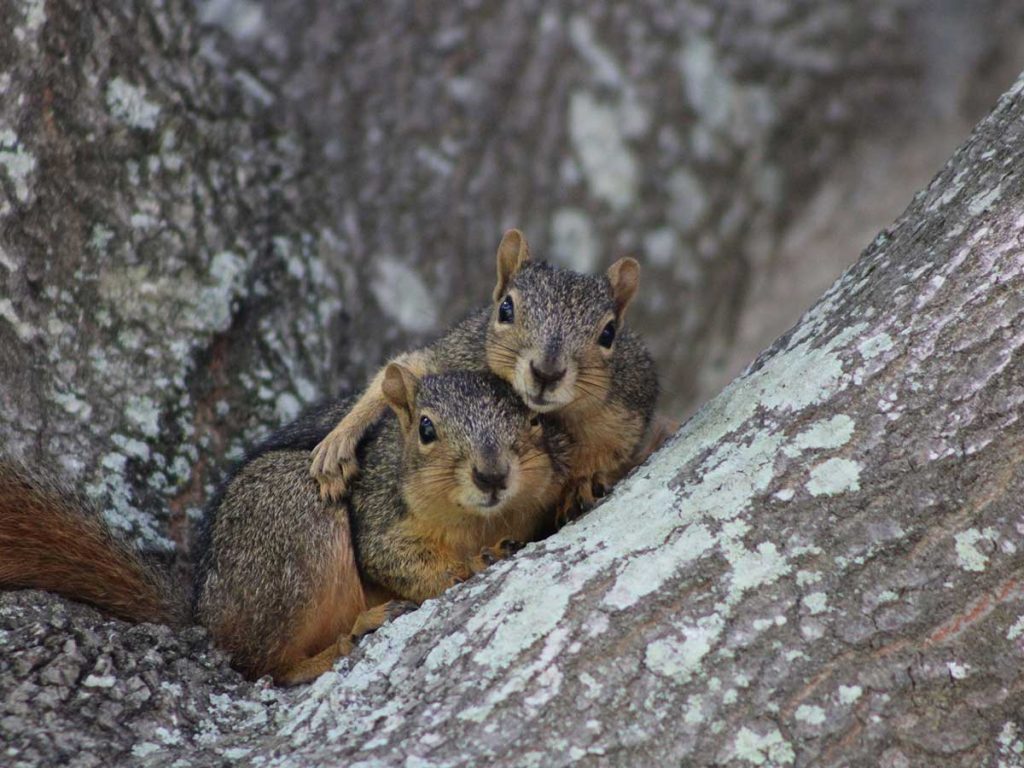
There is no such thing as an easy-to-manage pest infestation; however, one thing that will give you a head start in eliminating unwelcome pests from your home is having an idea of what type of creature you are dealing with. Here are some of the most common pests that regularly infest Central Florida homes and how you can identify them.
Identifying Common Household Pests
- Ants –One of the most common pests that infest homes, ants are well known to Central Florida homeowners. All ants are typically small in size, have six legs, and a long body shape with a pinched center. However, there are many different species of ants, which can hinder your ability to identify which specific ant species is infesting your home. Fortunately, there are some unique qualities among certain ant species that can make them easy to identify. For example, carpenter ants are much larger and dark in color, while sugar ants are tiny and typically found in kitchens where food is stored or around sinks and other areas with moisture.
- Bees –Bees are typically very easy to identify by their color and size. With their classic black-and-yellow color scheme, the flying pests usually vary from half an inch to a little under an inch in length. They can usually be found buzzing around various flowers and fauna. However, unlike most pests, bees are very valuable to the ecosystem. Rather than eliminating bees on your property, you should contact pest control professionals to safely relocate any bees infesting your property.
- Cockroaches –Cockroaches are usually brown or black in color, though what color they appear to be is sometimes dependent on the lighting in which you see them. Their size varies depending on what species you are dealing with, but the pests usually have six legs and long, drooping antennae. You’ll typically spot cockroaches in kitchen pantries and in particularly moist environments, like bathrooms.
- Spiders –Like ants, spiders also tend to vary significantly depending on what species you are dealing with. If you are finding spiders inside of your home, you’re probably dealing with house spiders, which are typically brown or beige in color. These spiders are also known to have somewhat of a zig-zag, herringbone pattern on their backs. Fortunately, spiders prefer to keep to themselves, so you’ll often only spot them in isolated corners of your home.
- Wasps –While very similar to bees in color, wasps vary from bees in their size and shape. Typically, bees are rounder and have softer looking features. Wasps, on the other hand, have sharper, more pointed-looking features. Wasps are also typically much larger than bees. Wasps nest in tucked-away locations, so it is not uncommon to find their nests in more desolate areas of the home, like in the corners of porches or inside attics.
- Rodents –Rodents vary significantly in appearance depending on which rodent species you are dealing with. For example, rats have long, greasy bodies, while mice are small, gray, and soft. Meanwhile, squirrels have big, bushy fur. While rodent droppings also vary to some extent, you can expect to see long, oval-shaped pellets on pantry and attic floors when dealing with a rodent infestation.
While there are many ways to combat a growing wildlife infestation, including attempting DIY pest control, the safest and most effective way to get rid of nuisance pests is to contact the licensed and trained pest control experts at Critter Control® of Lake County.
Expert Pest Control Services in Lake County, FL
The experienced pest control technicians at Critter Control® of Lake County have been serving the Lake Country community with quick, safe, and permanent pest exclusion services for decades. For more information on our pest control services or to schedule a consultation and receive a free estimate, contact Critter Control® of Lake County today at 352-204-0074.








